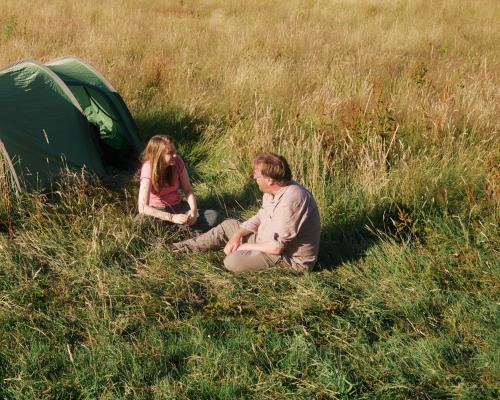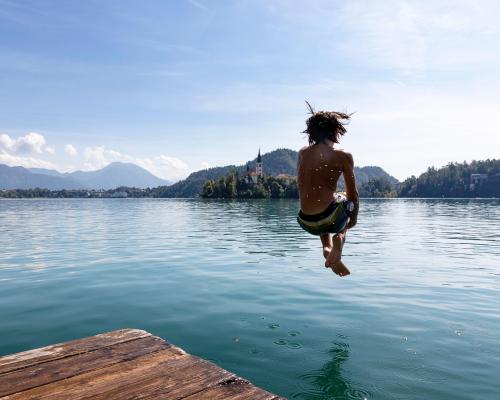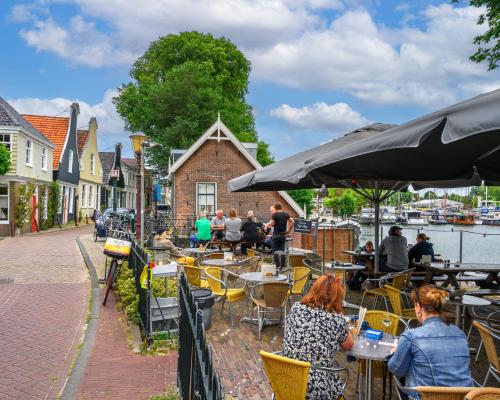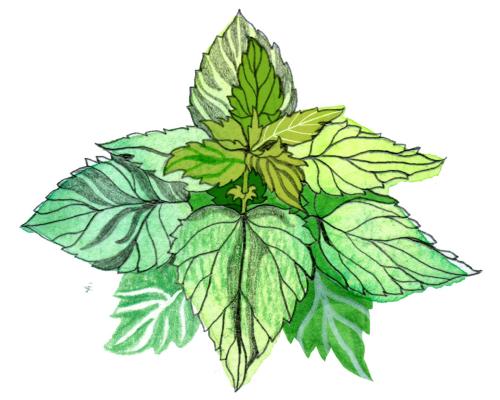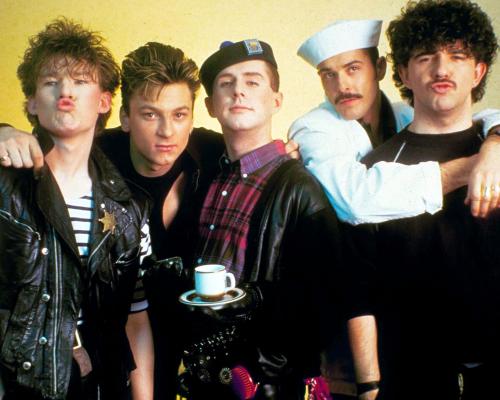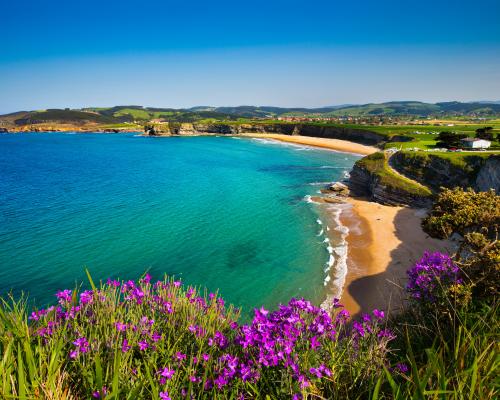
While we all know that “costa” is simply the Spanish word for “coast”, for most of us it has a much wider meaning, evoking all sorts of images, both positive and negative. It may be beaches, fun, cold beers and tapas at a chiringuito (beach bar) with your feet in the sand. Perhaps you’re thinking of childhood holidays in a thrillingly huge hotel, where you happily stuffed yourself with ice-cream and chips for a fortnight. More recent memories might revolve around showy beach clubs with exorbitant prices. If you’ve been to the costas of eastern or southern Spain in the past few years, however, you may have reluctantly concluded that your favourite resorts are now a bit too hot for comfort.
This year, there has been a lot of buzz about “la España fresca”, or cool Spain, but, in reality, Spaniards have been thronging the northern coast in summer for decades, decamping to Galicia, Asturias, Cantabria and the Basque Country. This is particularly true for residents of Madrid and other cities in central Spain that are stifling in July and August.
Along the north coast, temperatures are usually more like those of Cornwall on a good summer’s day. But be warned: you do get blisteringly hot spells, too, not to mention a greater risk of wet weather. I have trudged along beaches in driving rain in June, but enjoyed glorious sunshine and delicious swims well into September.
One of my favourite chunks of northern Spain is the Costa Trasmiera in Cantabria. If you are trying to cut down on flying, it has the advantage of being easy to reach by Brittany Ferries from Portsmouth or Plymouth to Santander, the regional capital, or from Portsmouth to Bilbao, an hour’s drive away.
Sailing into the Bay of Santander, your eyes are drawn to the city, framed by its string of beaches, rising up on your right. Look left, however, and the view is rural rather than urban. A long spit of glittering sand, El Puntal, protrudes into the bay, with a green landscape stretching out behind it to the east. This is the Costa Trasmiera, a stretch of about 30 miles (50km) between Santander and the fishing town of Santoña.
A car is really useful to get to different beaches along the coast, but there are buses from Santander to the main places, such as Somo, Noja and Santoña. With a car, you are only likely to be travelling short distances each day, so using an EV is no problem.
If you liked the look of El Puntal as you were arriving, you can jump on a little ferry across the bay. I love doing this when I’m staying in Santander, as within a quarter of an hour I’m running into the sea, shrieking as the cold water hits my body. If you’re used to wallowing in the tepid soup of the Mediterranean in summer, it might come as a bit of a shock.
Back on the sand, a chopped seafood salad and glass of rosé at Chiringuito El Puntal Tricio always hits the spot. Walking along the beach brings you to Somo, a hub for surfers from all over the world, where you’ll find lots of cafes, bars and places offering surfing and paddleboarding tuition. Hotel Bemon Playa (doubles from €90 room-only) is in the thick of things if you fancy staying for a few days.
Heading east along the coast, it’s one superb beach after another: Loredo, Langre, Galizano, Antuerta, Cuberris. Book a table for a lobster lunch or a seafood platter overlooking the sea at Hotel Astuy (doubles from €60 room-only) in Isla, where the crustaceans served in the restaurant are kept in seawater pools in caves below the building. The hotel is a good base for exploring the area, but just beyond Isla, right next to Playa de Ris, Camping Playa Joyel (pitches from €19.50) is one of several good campsites on the Costa Trasmiera, with lots of facilities to keep kids happy.
From the campsite, it’s an easy walk into Noja, the main holiday town on the coast. Practical rather than pretty, for most of the year it is a sleepy place with a population of about 2,500. In summer, however, the number rises to an astounding 80,000-plus, mostly in second homes and holiday apartments – a much higher ratio of tourists and second-home owners to residents than in resorts on the Costa Blanca and Costa del Sol. Families from other parts of Spain, especially the adjacent Basque Country, install themselves for the entire school holidays, which can stretch from late June until the second week of September.
Although there are vestiges in Noja of the village it once was – including the church of San Pedro on the main square and a handful of grand mansions – the streets are lined with apartment blocks, with shops, bars and restaurants at ground level. This may not be the most attractive place, but for the thousands who come here year after year, it has everything needed for a relaxing holiday with no delusions of grandeur or attempts at being cool. No one cares what you’re wearing here.
With Playa de Ris on one side of Noja and the equally gorgeous Trengandín stretching away on the other (a path links the two), it’s not hard to see how people while away a summer here with swims, picnics, leisurely walks, long lunches and sunset cocktails. Seafood is, of course, excellent, but the nécoras (velvet crabs) are particularly prized.
Those who can summon the energy to move on from Noja only have to round the El Brusco headland at the end of Trengandín to come upon yet another splendid beach. Berria is bordered by the Santoña, Victoria and Joyel marshlands, a nature reserve that attracts migratory birds from autumn to spring.
The adjacent town of Santoña marks the end of the Costa Trasmiera. It’s all about fisheries and canning factories here, which is a lot more interesting than it sounds. As long as you like anchovies, that is. Santoña anchovies are bigger and fleshier than most, with a softer texture and a more delicate flavour, and here they’re expertly filleted and preserved in olive oil. Considered a delicacy throughout Spain, they are served straight out of the tin at top restaurants and tapas bars. Have a look around the anchovy museum – really – before ordering some at a bar, along with a plate of sardines and a beer. Devour the lot while standing at a high table on the pavement outside, then quaff another beer. You may find yourself ordering more anchovies as well.
By now you should have tuned into the laid-back Costa Trasmiera vibe. All you have to do, at some point, is make your way back to Santander. It only takes about half an hour by car, but you may be tempted to stop at some of the inland villages along the way. This is not an area to rush around, which – if you’re doing things properly – you will no doubt have gathered by now.

